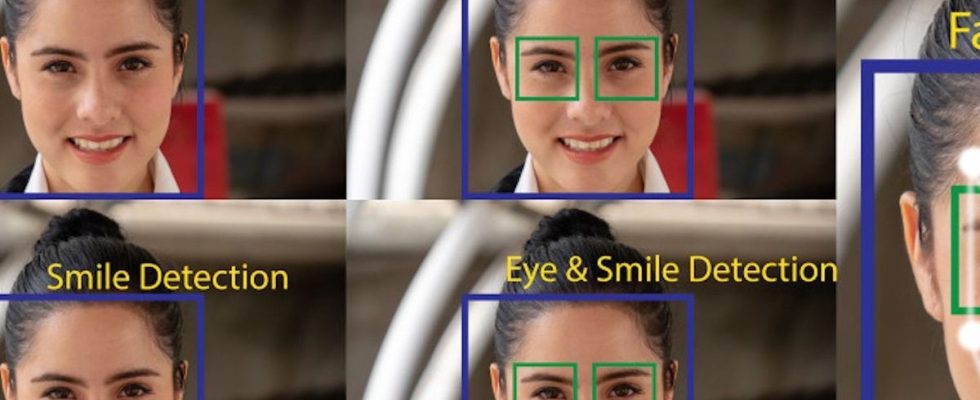Published on
Updated
Reading 3 min.
Deepfakes are spreading rapidly, fueled by the increasing accessibility of technology and the ease of distribution on social media. If more than half of young people aged 18 to 24 are somewhat confident in their ability to discern these hyperfakes, three-quarters are concerned about the potential consequences on their privacy and reputation.
According to a survey carried out by theIFOP for Alucare.fr, seven out of ten French people know what deepfakes are. Young people are even more familiar with these photo and video tricks generated by artificial intelligence (83% of 18-24 year olds and 76% of 25-34 year olds). But knowing the definition of deepfakes does not mean being able to recognize them. Only a third of French people surveyed feel capable of distinguishing a real image from one generated by an AI. Young people, although more familiar with the concept, are not immune. They are 55% among 18-24 year olds and barely half (48%) among 25-34 year olds.
In fact, when the people surveyed were confronted with five deepfakes, almost all of them (94%) were wrong at least once about the veracity of the photographs. This statistic could explain how these hyperfakes manage to spread quickly on the internet. This major expansion of deepfake was also observed by Onfido, a company specializing in identity verification. In one of their reportsLubna Takruri, at the origin of the report, explains that the number of deepfakes increased 31-fold between 2022 and 2023.
A threat to their reputation
With artificial intelligence, it is entirely possible to create almost perfect imitations of human behavior, blurring the lines between reality and fiction. These hyperrealistic photo or video montages, increasingly present on social networks, have shown that they can ruin the reputation and lives of the people whose image is reproduced.
The proof is with celebrities, who find themselves, despite themselves, on the front line. A striking example is that of Taylor Swift, recently caught in the turmoil of deepfakes. She found herself confronted with the dissemination of false pornographic images on social networks, endangering her public image. Likewise, last August, the influencer Léna Situations was also confronted with this threat discovering her face superimposed on an unknown body in a falsified video.
This phenomenon does not only affect media personalities, but disproportionately attacks women, who are mainly victims of pornographic deepfakes.
Good in his body, good in his head!
A concern for adolescent girls
Faced with the ease of manipulation and dissemination of false content, a feeling of concern is growing among young people. The possibility that a simple photo could be used to create misleading content causes anxiety. Still according to the IFOP survey, two thirds of 18-24 year olds fear being direct victims of this type of trickery. This is more than the national average (57%).
This feeling of concern among young people, particularly among adolescent girls, is profoundly reinforced by the trend of deepfakes of false nude photos. This is one of the “trends” that has grown enormously recently. “Adolescent girls are mainly targeted by this technique on social networks. The malicious people behind the fake nude photos will put pressure on teenage girls for ransom. The harassers will threaten to distribute and relay these false nude photos in order to force young women to pay sums of money.explains Alexander Polonsky, research director and co-founder of Bloom, in an interview for Atlantico.
*Survey carried out by the IFOP with Alucare.fr, a website specializing in video games, new technologies and AI, among the French population. The survey was conducted among a sample of 2,191 people, representative of the French population aged 18 and over, including 551 young people under 35. The interviews were carried out by self-administered online questionnaire from March 5 to 8, 2024.
